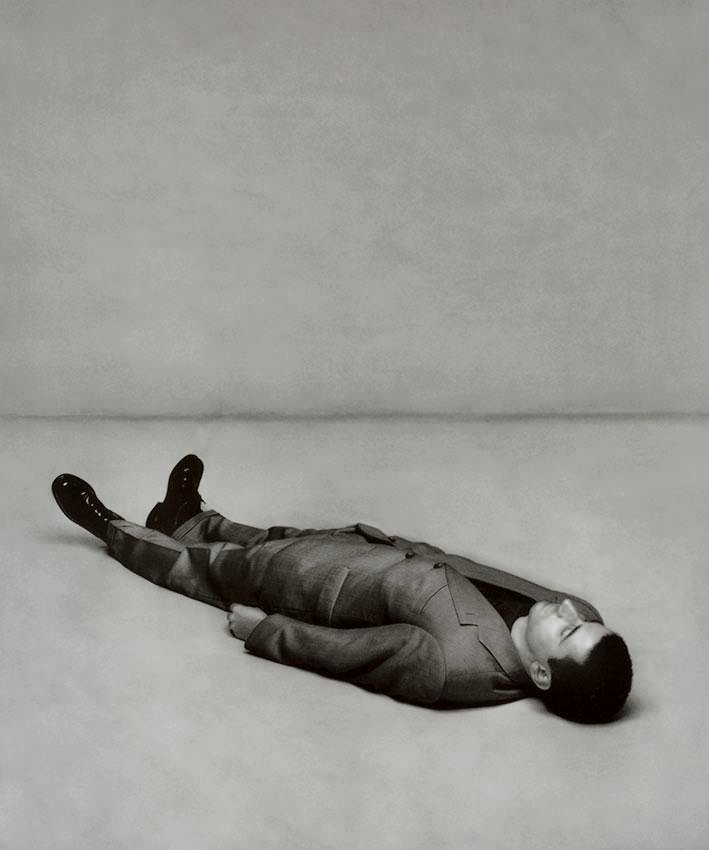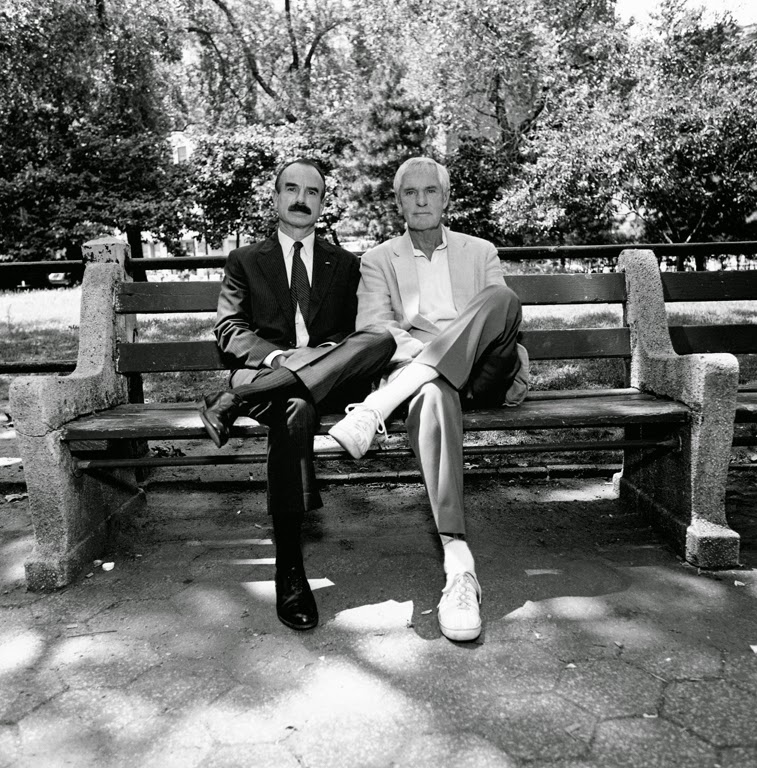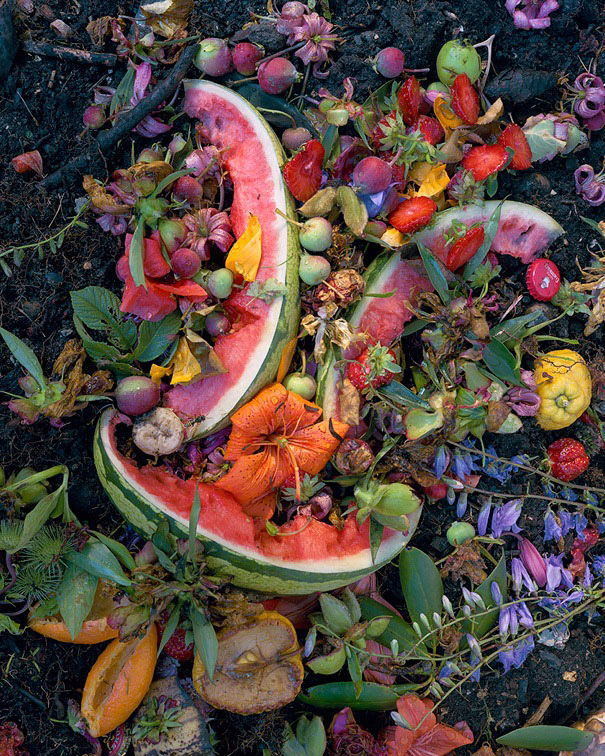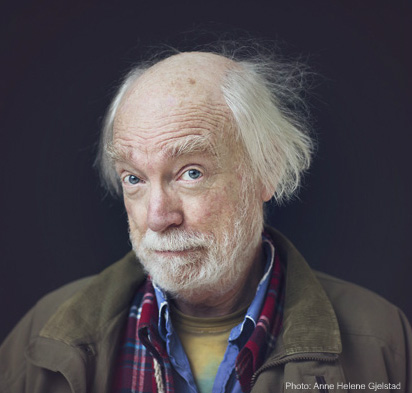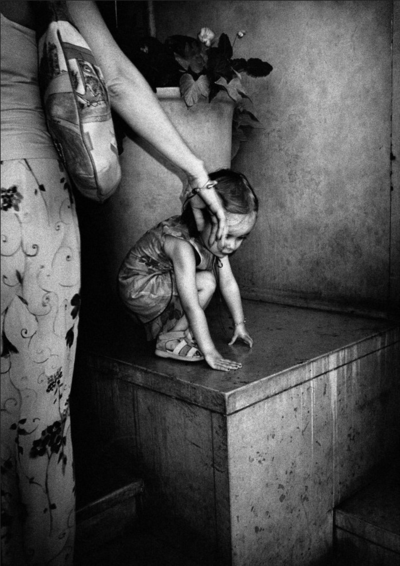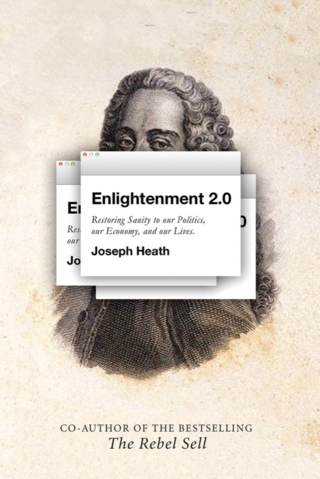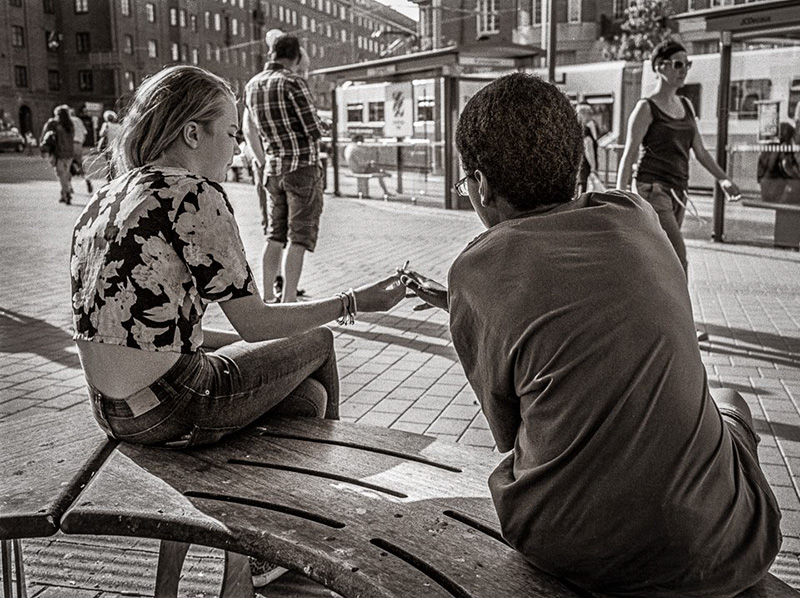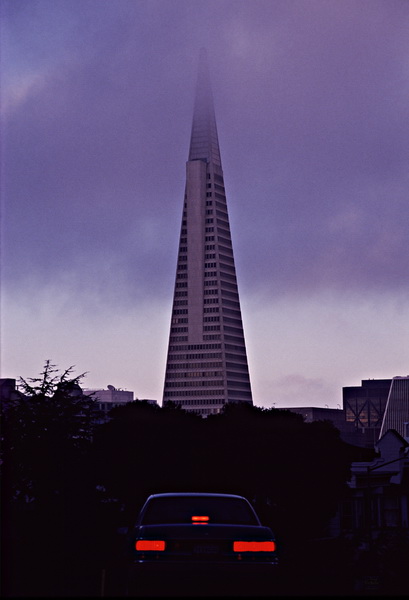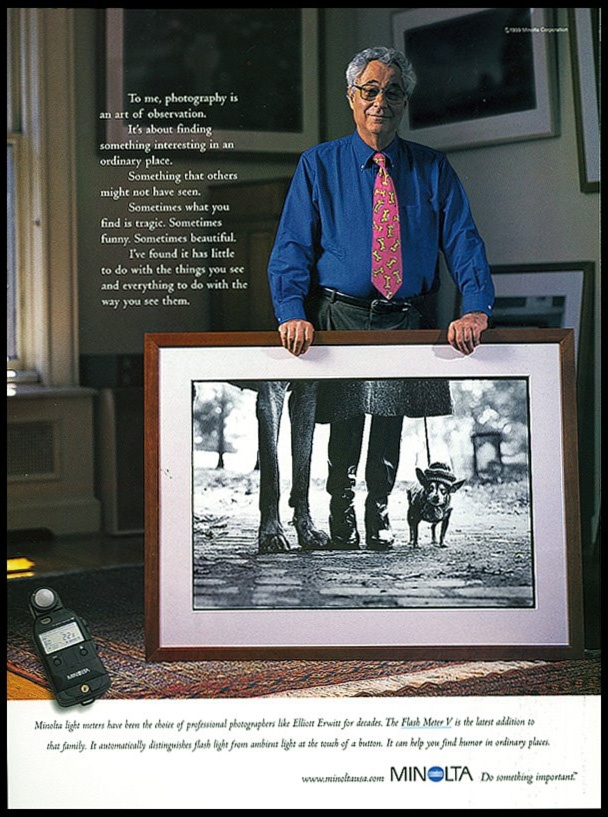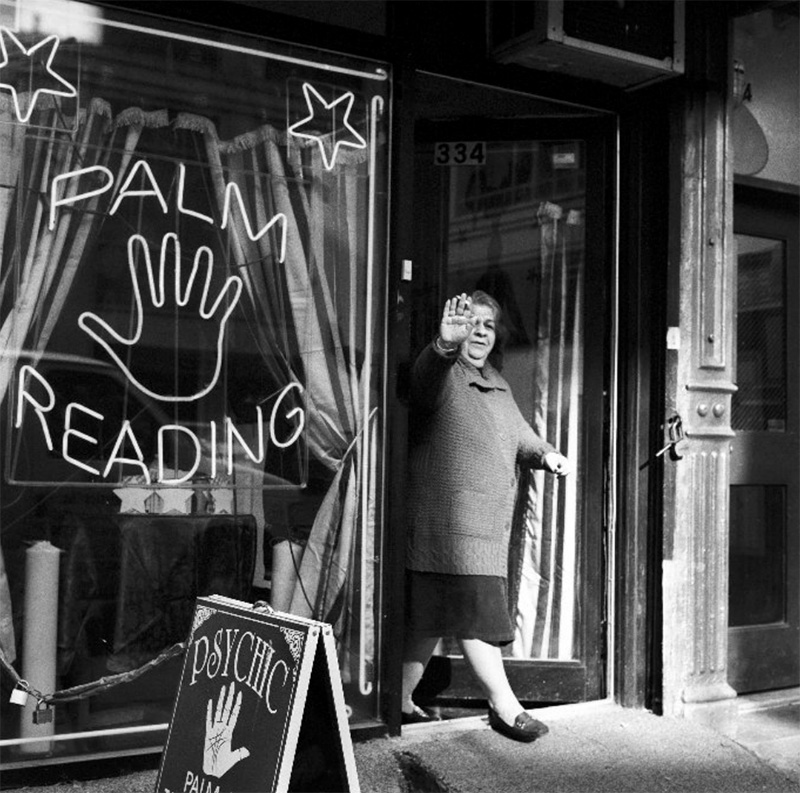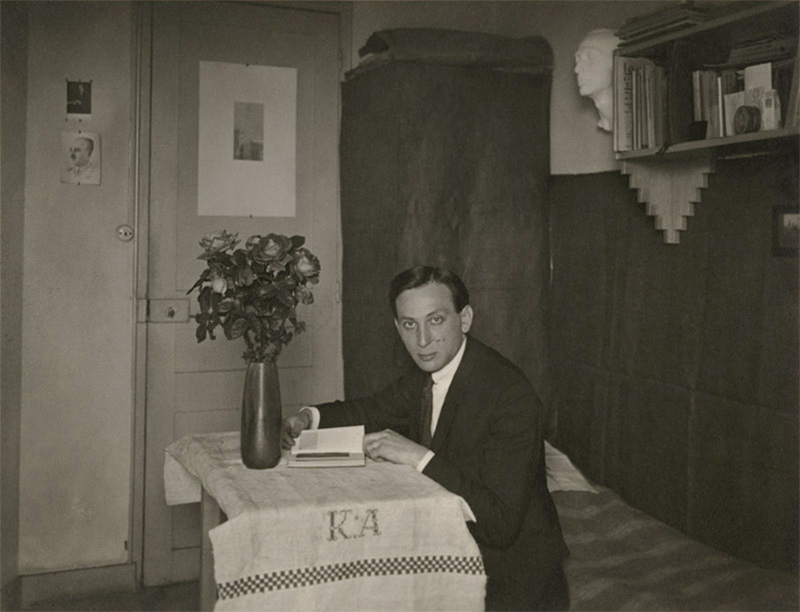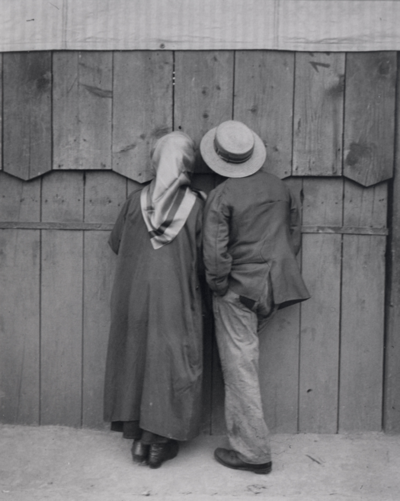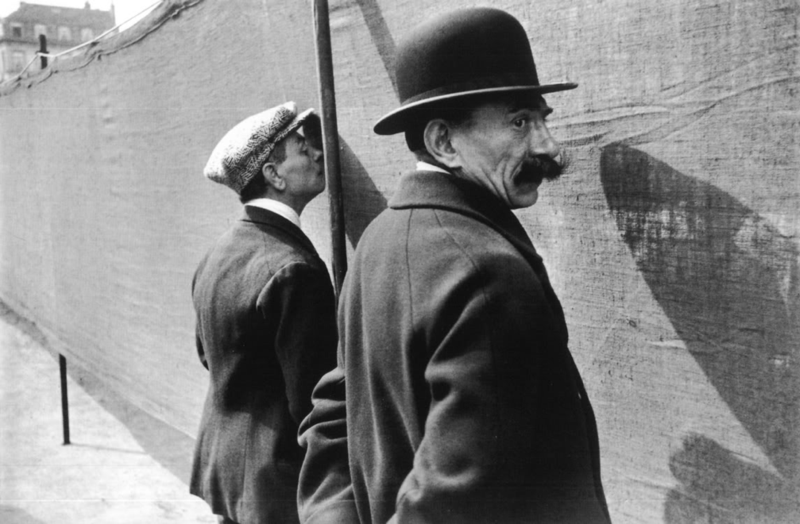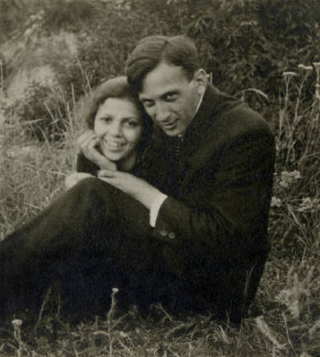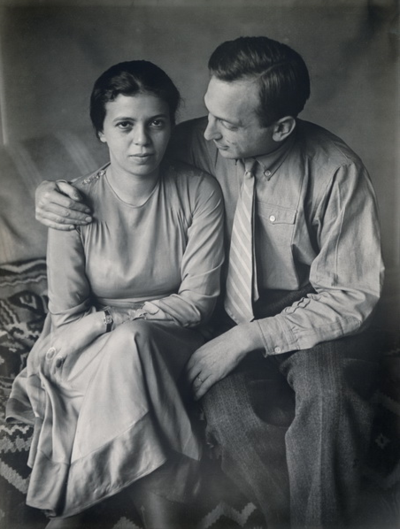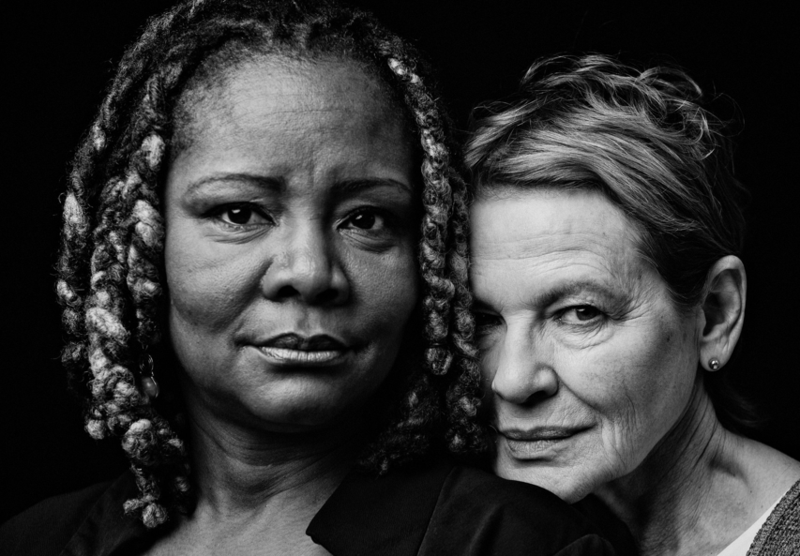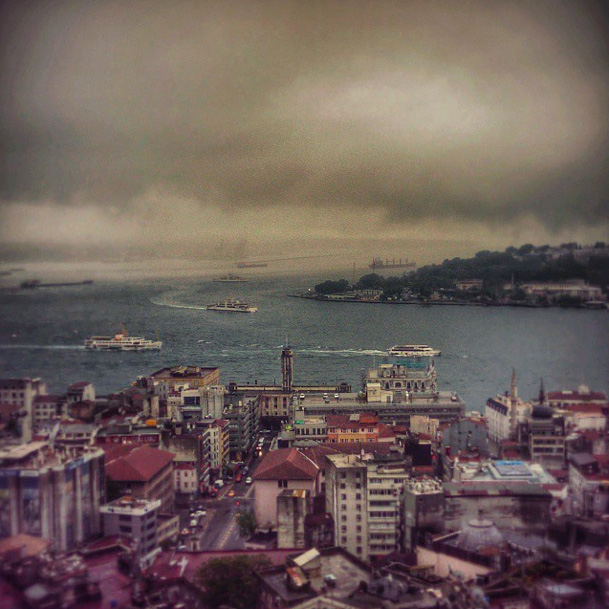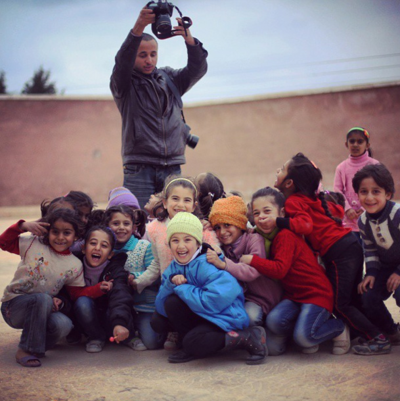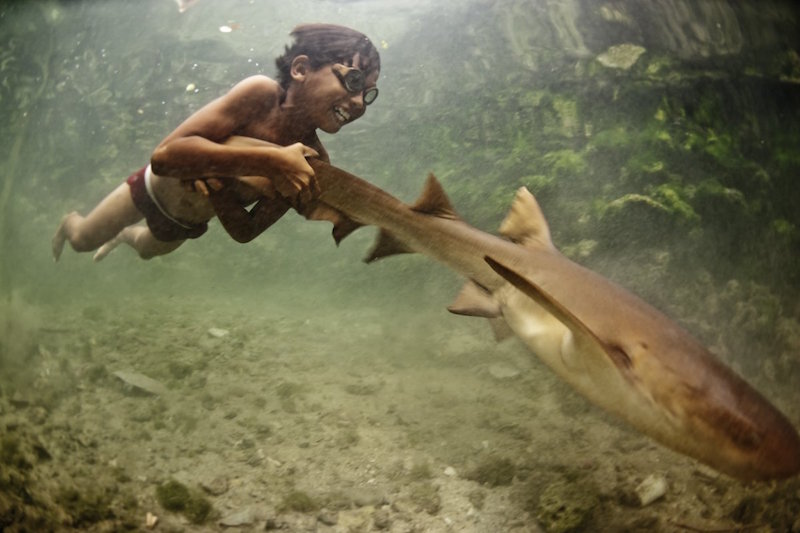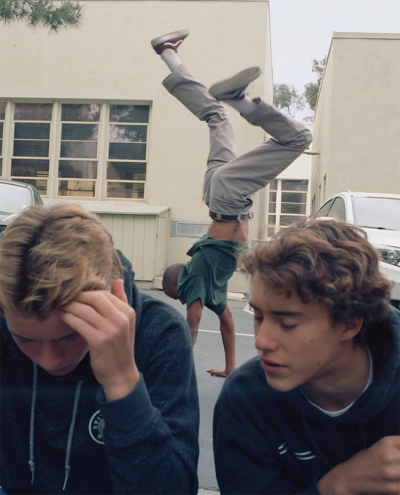 Watching a skate video during lunch. From left: Addison, 16;
Watching a skate video during lunch. From left: Addison, 16;
Logan, 16; Kalani, 16. Photo by Nico Young.
Nico Young made this picture (and 28 others) on assignment for Kathy Ryan at the New York Times Magazine. The interesting thing about that is, Nico is an 11th grader. It was his first professional assignment.
An interesting window—and possibly one that someone older, or an outsider, couldn't have shot.
Both this and David Raboin's pictures from the pilot's chair illustrate the essential issue of access, which is always an interesting issue in photography, often in curiously different ways. I wrote a post about that once, which began like this:
"One of the fundamental problems of photography not necessarily encountered by any other type of artist is the problem of access: to photograph something, you ordinarily have to be in proximity to it, or in a position to see it, or at least at the proper standpoint—and being there is not always easy or safe. The ultimate example of the exclusivity of access is probably pictures taken on the surface of the moon, but Danny Lyons' insider photographs of a motorcycle gang in The Bikeriders and Larry Clark's documentation of a violent drug subculture in Tulsa are good examples as well—and there are others, of course. (One of my own mentors in photography, the late Steve Szabo, once answered a student's question 'What should I photograph?' by asking back, 'What can you photograph?')"
Mike
Original contents copyright 2016 by Michael C. Johnston and/or the bylined author. All Rights Reserved. Links in this post may be to our affiliates; sales through affiliate links may benefit this site.
Like what you read?
Join our support campaign or buy something
(To see all the comments, click on the "Comments" link below.)
Featured Comments from:
Peter Wright: "Looking back on my life, I notice that in several periods, I failed to be aware of how photographically interesting, unusual, and ephemeral, my day to day environment actually was. I was too immersed in it. At the time, I was busy wishing I could go to some far off, 'exotic' place to take pictures, all the while ignoring the unique feast to which I had ready and unusual access. Now, much later, I look back I wish I had photographed that!
"To a young photographer, I would suggest that they photograph the ordinary life they inhabit. Sooner or later, someone will find it fascinating. And it could be sooner rather than later, and the 'someone' could include themselves."
Dennis: "After my daughter was born, my wife joined a 'mom's group' and we became friends with several families who got together frequently for a variety of occasions. Over quite a few years, I accumulated a wonderful collection of pictures of kids who grew up expecting to see me behind a camera. As they went to different schools and then became self-conscious teenagers, the magic faded. I was never able to get nearly as good photos of any other kids. I miss it and need a new, accessible subject.
Mike replies: This is a common one, I think. Sally Mann for instance became famous for pictures of her kids, but there comes that time when they're too old to want to be models any more. For most people, pictures of kids doing things that are cute when they're small can have a different meaning or feel when the kids become adolescents. Mainly, they just don't want to spend time around their parents.
My son Xander informed me when he was about 12 that he didn't want me to take pictures of him any more. I told him that photography was my "thing," and that I really wanted to have a record of what he looked like as he was growing up, so we sat down and negotiated a deal. He agreed to cooperate for two minutes three times a year, for a total of six minutes and three pictures. It worked fine—he didn't feel like I was always bugging him or preying on him with the camera, and I got at least a few nice shots of him at various teen ages.
Of course when he got to college he relaxed about it again, and now doesn't much mind when I take pictures. But now I hardly ever see him!
Ed Hawco: "At first I found the images a bit flat (in terms of processing) but on the other hand they're refreshingly free of the overcooked 'Instagrammy' look that we so often see from younger photographers. And there is a remarkable consistency in the overall visual palette for the series, which grows on you.
"Also, I find this series fascinating and visually compelling as a set. As you say, it's a 'window' in which each image lends context and tone to its neighbors, elevating the entire body of work."
David Zalaznik: "I would also like to give an immense amount of credit to and an immense appreciation for Nico's photography teacher. He first recognized Nico's promising talent and no doubt nurtured that talent. Kathy Ryan, who I respect immensely, would never have seen Nico's work had it not been for Martin Ledford. Photography was not available when I was in high school and it wasn't until almost a decade after high school that a leap of faith set me on a path to a 30-year career. There needs to be more Martin Ledfords to aid more Nico Youngs. Much admiration for and congratulations to them both."
